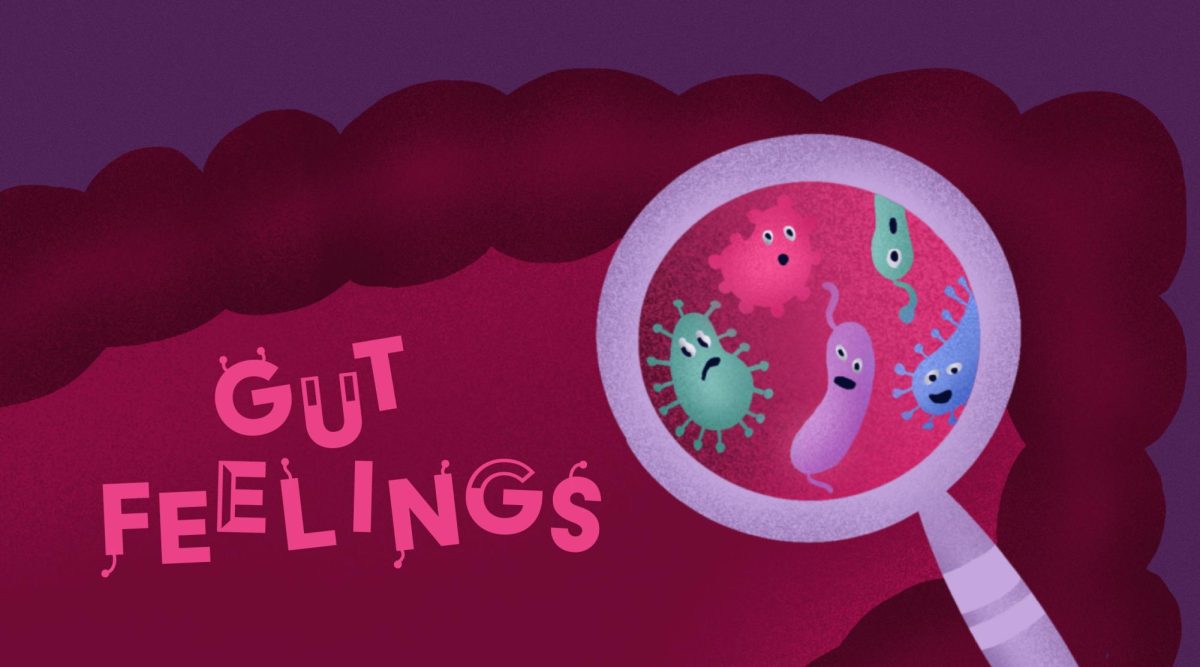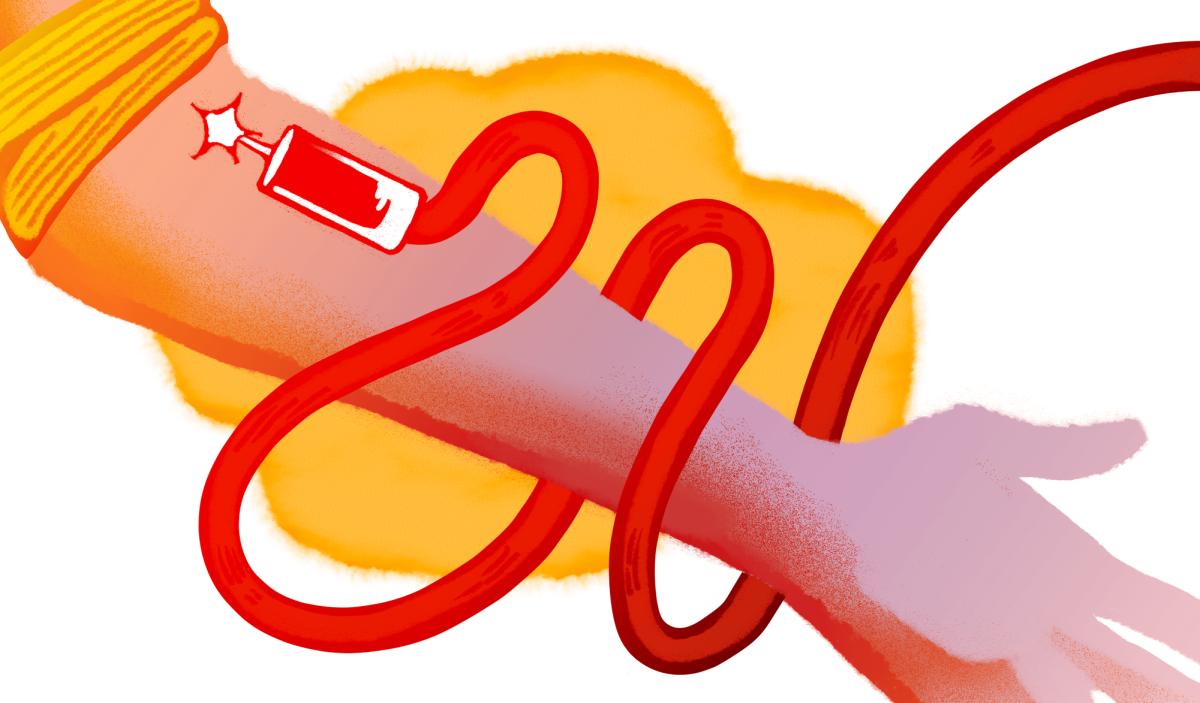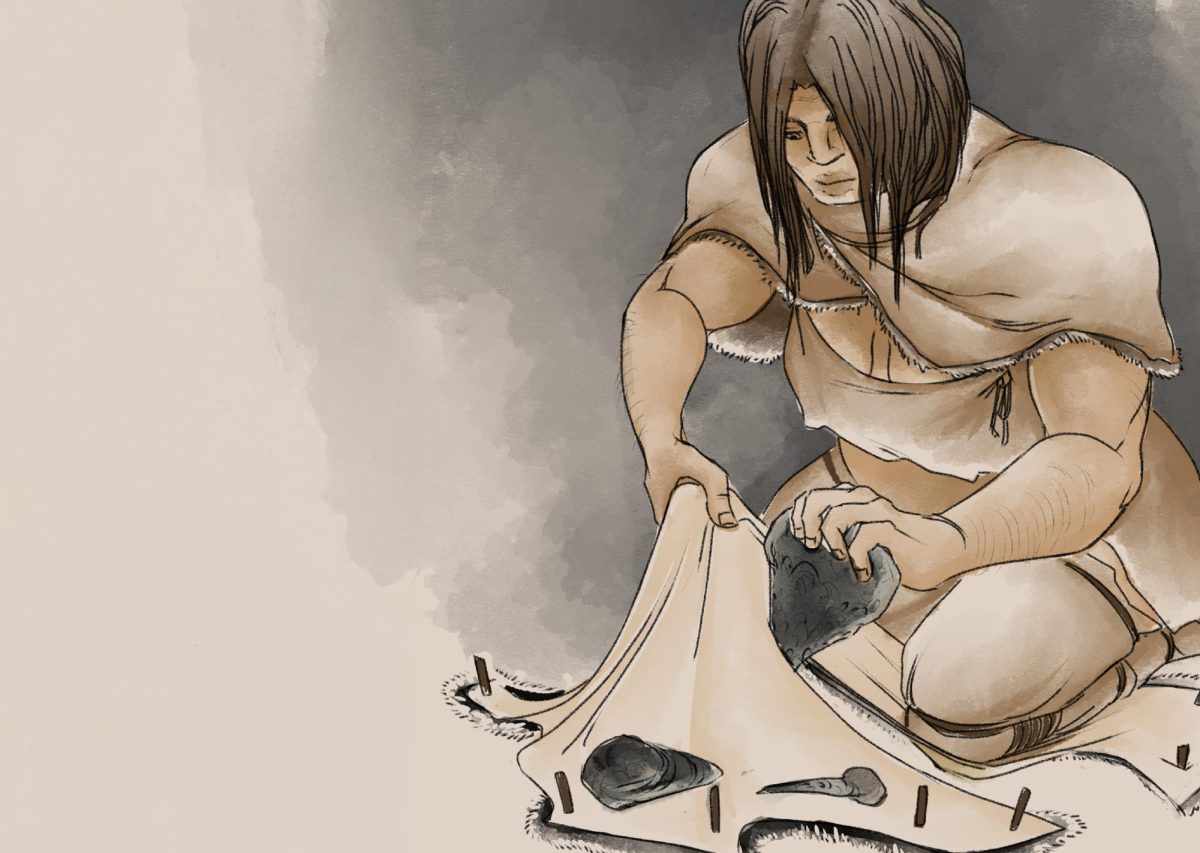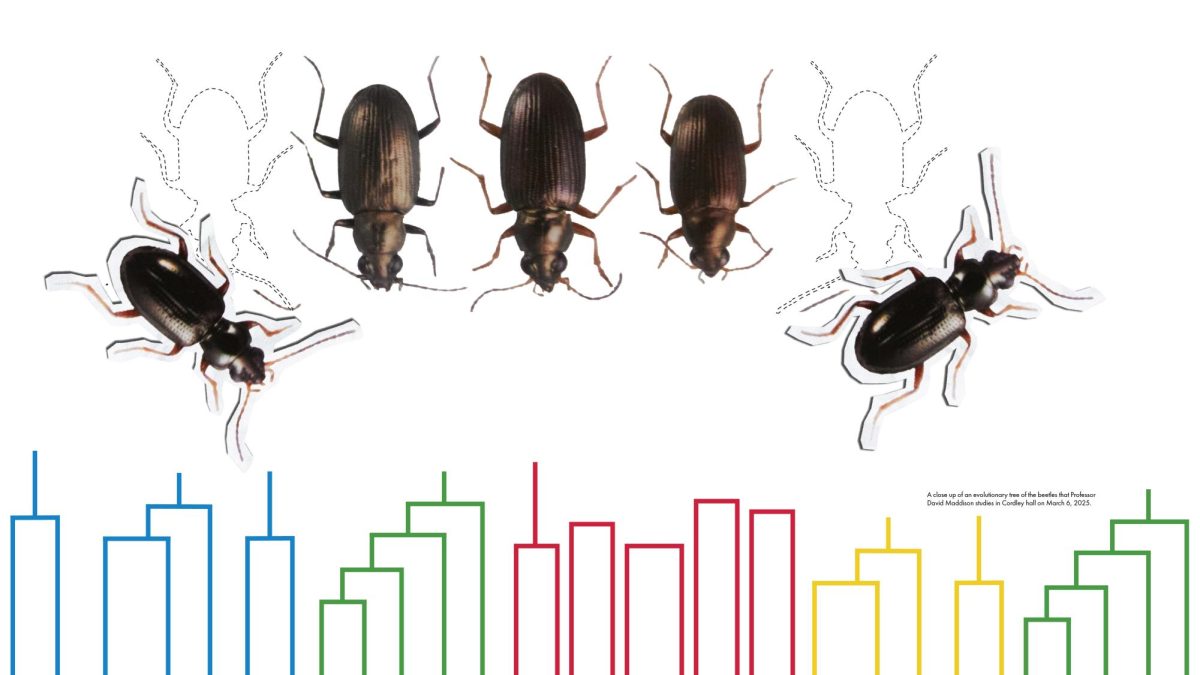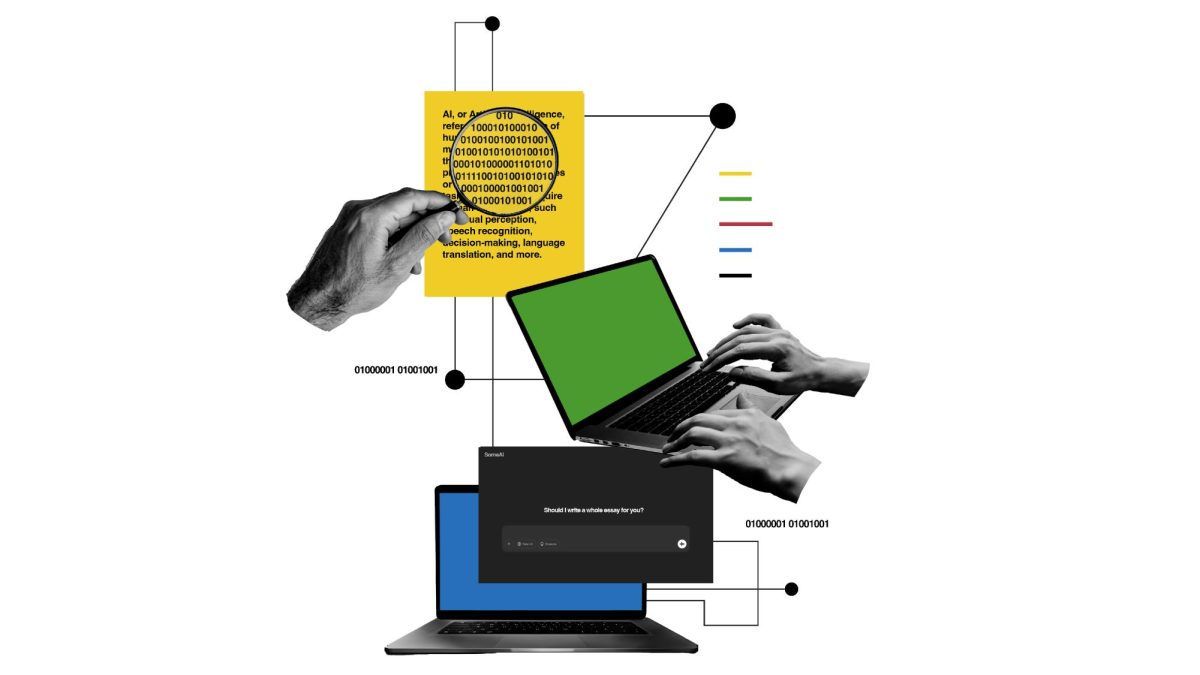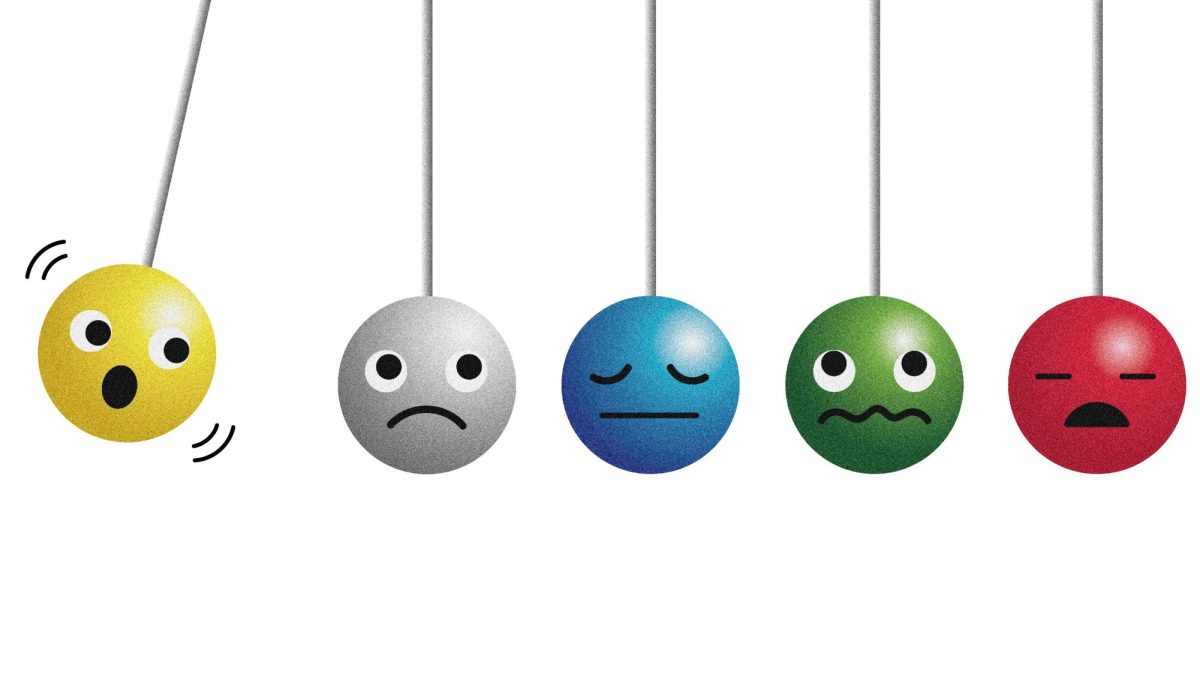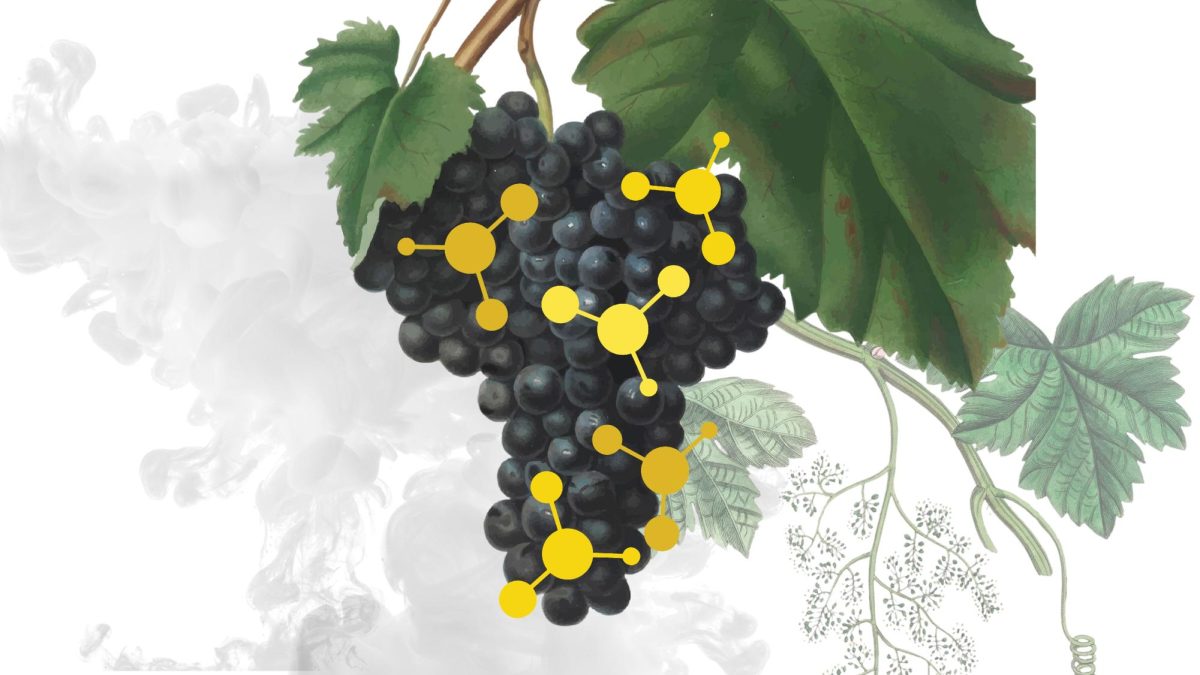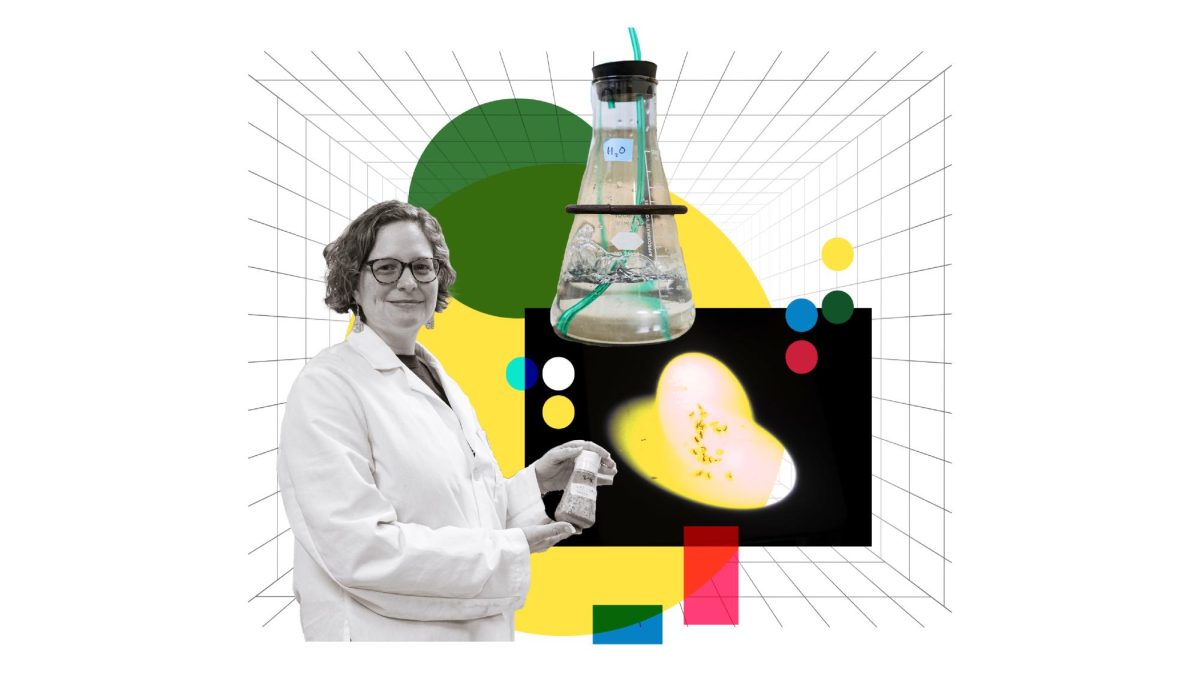The phrase “gut feeling” may be more than a cliche as an Oregon State University laboratory attempts to explain this complex relationship between our guts and our brains.
Maude David’s lab investigates these “gut feelings,” and how the microbiome of our guts can impact our brains, specifically the brains of people with autism spectrum disorder.
The gut microbiome, located in the human intestine, is a diverse host of microscopic life forms, mainly bacteria, that help with digestion. Recent research, including publications from the David Lab, has shown the microbiome can also have major influences on other aspects of our bodies, including our brains.
These two realms of the human body are combined by the microbiota gut-brain axis, which is the main focus of the David Lab’s research.
Three veteran members of the David Lab — undergraduate Tori Schummer, and graduate students Kevin Rice and Caroline Hernandez — have all been involved with the lab for a few years, and were first drawn in by the wide range of researched topics and unique opportunities offered by the lab.
The David Lab is incredibly multidisciplinary, with projects working on mice, bees and, of course, humans, all related to the gut microbiome and its impacts on the brain.
Not only is the David Lab covering a broad range of subjects, but it is also full of opportunities. As Schummer said, the lab is, “both wet and computational,” meaning the lab not only does experiments and research, but relies heavily on computer programs and technology to further their discoveries and work in the lab.
However, the main focus of the lab is studying the relationship between the gut microbiome and the brains of people with autism spectrum disorder.
“Strong evidence suggests that the microbiome plays a big role in the disorder,” Rice said.
The lab was first able to experiment with rodents with a similar disorder to autism but emphasized that, while exhibiting similar traits to autism in humans, the disorders are not the same.
Rice describes similarities in behaviors between humans and mice, including, “repetitive behaviors.” The lab has also recorded interesting social interactions amongst the mice, which can mirror human behavior when diagnosed with autism, including increased social anxiety.
But the lab doesn’t just work with mice, as the lab does extensive research with humans, attempting to focus on expanding the diversity of autism studies. The lab is striving to conquer diversity challenges within science as a whole and, in particular, the study of autism.
Traditionally, autism research has been conducted by a very narrow group, usually white men, according to Hernandez. Many of the subjects have also been white men.
Hernandez explains that the lab is making a “very active effort to include more diversity,” and tackle the shortcomings of previous work done on autism.
Despite the social strides the lab is making, they emphasize that the lab is not attempting to find a “cure,” nor make any harmful assumptions about their discoveries.
Hernandez describes the balance of the lab’s work, saying they must “toe the line of making inaccurate assumptions,” as the lab tackles a challenging scientific and social subject. The connection between the gut and brain, and its impact on autism is still difficult to fully explain, and conclusions about the discoveries made by the David Lab can potentially have unwanted social consequences.
Schummer said “correlation versus causation” is important to recognize with any discoveries made in the lab, as they break ground on a relatively new science.
The lab is after understanding autism more, and how the gut and brain combine to influence human behavior. And while science is their main focus, Rice explains they hope to help establish “the first steps in the pathway to therapy,” through their research and discoveries.

